Spectacular autumn landscape
2023
You may also like

2017
Mainarde - Monte Meta
Il monte Meta (nota anche come la Meta, 2241 m s.l.m) è una delle maggiori cime dell'appennino abruzzese, situata sul confine tra Lazio, Abruzzo e Molise, all'interno del Parco nazionale d'Abruzzo, Lazio e Molise, tra i comuni di Alfedena (AQ), Picinisco (provincia di Frosinone) e Pizzone (provincia di Isernia). Dà il nome all'omonima catena montuosa dei Monti della Meta, compresi all'interno dei Monti Marsicani, che dal valico di Forca d'Acero procede verso la valle di Comino meridionale e digrada nelle valli del Liri e del Volturnoprendendo il nome di Mainarde nelle cime più basse e più meridionali. Ai suoi piedi si trova il passo dei Monaci (1981 m s.l.m.)). La cima del monte Meta era stata interdetta agli escursionisti perché protetta dalla riserva integrale del parco nazionale d'Abruzzo, per le notevoli presenze di camosci d'Abruzzo, recentemente però (estate 2010) è stato momentaneamente aperto un prolungamento del sentiero L1 che porta fino alla cima a 2241 metri. Diversi sentieri portano alla Meta partendo dal Pianoro Le Forme (Pizzone) a 1380 metri. Le montagne più alte oltre al Monte Meta (Monte Petroso 2247 s.l.m., Monte Cavallo 2039 s.l.m., Monte Mare 2020 s.l.m.) presentano vistose tracce di glacialismo quaternario; nelle valli che si sviluppano all'interno della catena montuosa sorgono copiose le acque del fiume Melfa e Mollarino in provincia di Frosinone, del Rio Torto in provincia dell'Aquila. Dalle cime la vista spazia su tutti i Monti Marsicani, la Majella e i Monti del Matese. I rilievi più bassi dello stesso massiccio, al confine tra Lazio e Molise sono storicamente detti Mainarde; sono le montagne in cui la presenza dell'uomo per il clima meno rigido era stanziale (abitazioni e coltivi in quota) e non stagionale e pastorale come per i Monti della Meta. Non è definito un confine geologico preciso tra le due catene montuose: è certo solo che le Mainarde non rientrano nel territorio regionale dell'Abruzzo, ma molti le ritengono del Molise. L'uso tradizionale dell'oronimo è riproposto nelle carte dell'Istituto Geografico Militare che lo applica ai rilievi più esterni dei Monti della Meta, quelli che dal Monte Cavallo e dal Monte Mare degradano progressivamente verso Vallerotonda (FR) e la valle del fiume Rapido-Gari e verso Scapoli (IS) e Filignano (IS) e la valle del fiume Volturno che ivi nasce. Settore Mainarde è il nome che le amministrazioni del Parco nazionale d'Abruzzo, Lazio e Molise danno alla parte del territorio della riserva in provincia di Isernia, che comprende i territori di Castel San Vincenzo, Pizzone, Rocchetta al Volturno, Scapoli, inclusi nel 1990. L'etimologia è oscura, sembra ricordare un nome proprio germanico.
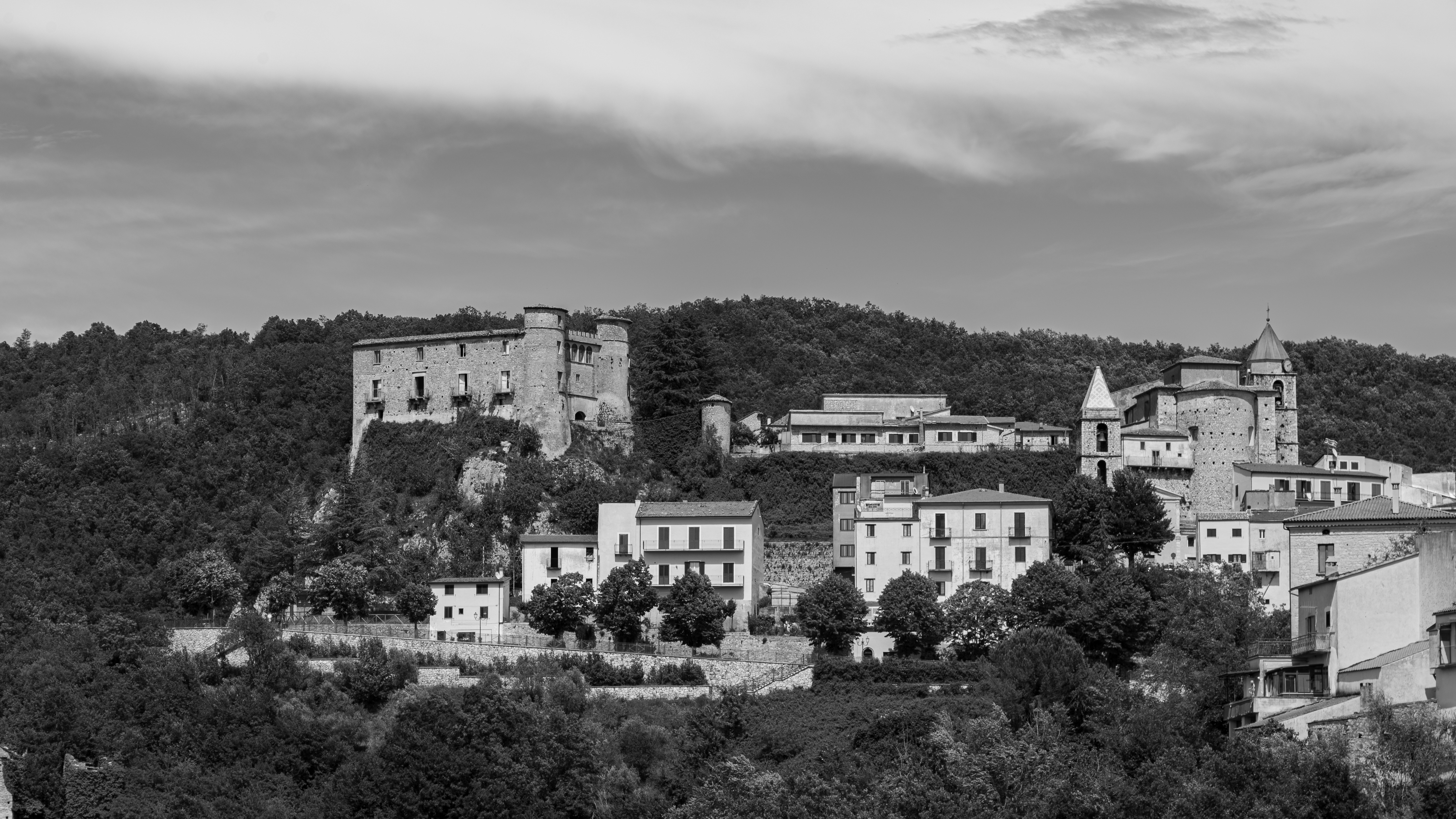
2020
Carpinone
The municipality owes its name to the small Carpino river that flows in its territory from north to west. In turn, the Carpino river received its name from the abundance of the "carpioni", the trout males, whose fishing in its waters is numerous. The origins of Carpinone, although not very ancient, date back to at least the tenth century since in 1064 the count of Isernia Bernardo had founded the Monastery of San Marco here, then donated to the abbey of Cassino. Belonged to the County of Isernia during the Lombard domination, in the Norman and Swabian era it belonged to the County of Molise. At the beginning of the Angevin period it became a fiefdom of Tommaso d'Evoli and returned to his family in 1382 after it had belonged first to the Tucciaco family and then to the Count of Gravina.

2016
Scapoli (IS)
Scapoli (Scapulë in molisano) è un comune italiano di 666 abitanti della provincia di Isernia in Molise. Fino al XV secolo fu parte integrante del Giustizierato d'Abruzzo e dell'Abruzzo Citeriore. Le origini del paese risalgono probabilmente al IX secolo, come risulterebbe da alcuni testi tra i quali il "Chronicon Vulturnense", antico testo redatto intorno al 1130 da un monaco dell'abbazia di San Vincenzo al Volturno di nome Giovanni. Proprio da questo testo risulterebbe che l'insediamento di Scapoli (cd. Castrum Scappili) nacque sulle terre di proprietà dall'abbazia ad opera dei monaci che erano stati cacciati dai Saraceni da Castel San Vincenzo. Dalla sua costituzione Scapoli subì l'influenza di diverse famiglie di origine franco-romana, tra le quali nel 1043 prevalse la famiglia Borrello che aveva sottratto all'abbazia l'intera valle del Volturno. Il paese ritornò nelle mani dell'abbazia grazie all'intervento del Papa Niccolò II per poi esservi di nuovo sottratto ad opera dei Conti dei Marsi. Successivamente dal 1200 passò in mano ai Caldora e nel 1382 il feudo fu venduto ai Pandone. Nel XVI secolo e fino al 1621 fu dei Bucciarelli per poi essere ceduto a Innico di Grazia, barone di Cerro al Volturno, fino ad arrivare ai marchesi Battiloro. Fu annesso al ducato di Terra di Lavoro fino al 1861 quando entrò nel territorio di Campobasso. Durante la seconda guerra mondiale si trovò sulla famosa "Linea Gustav" creata dai Tedeschi per impedire l'avanzamento degli alleati. Molto importante fu infatti la costituzione proprio a Scapoli del Corpo Italiano di Liberazione, protagonista di sanguinose battaglie sul vicino Monte Marrone. Nel 1970 fu annesso alla neonata provincia di Isernia e da 20 anni fa parte del Parco nazionale d'Abruzzo, Lazio e Molise.
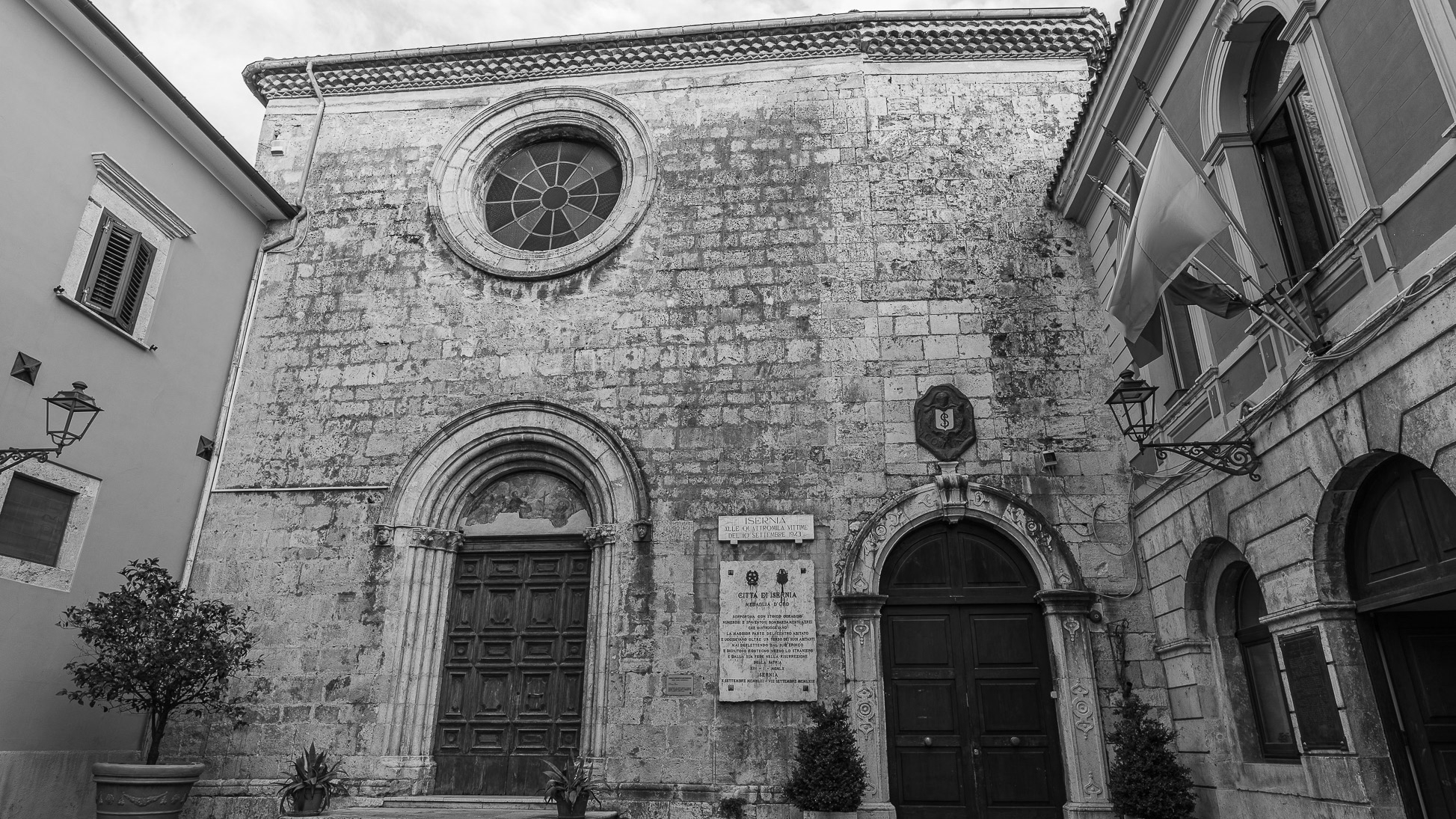
2022
Isernia. The Church of S. Francesco
The Church of S. Francesco, with the adjoining Monastery of the Conventual Fathers, was built in 1256 and completed in 1267.On the left there is the chapel of S. Antonio, built in 1450.
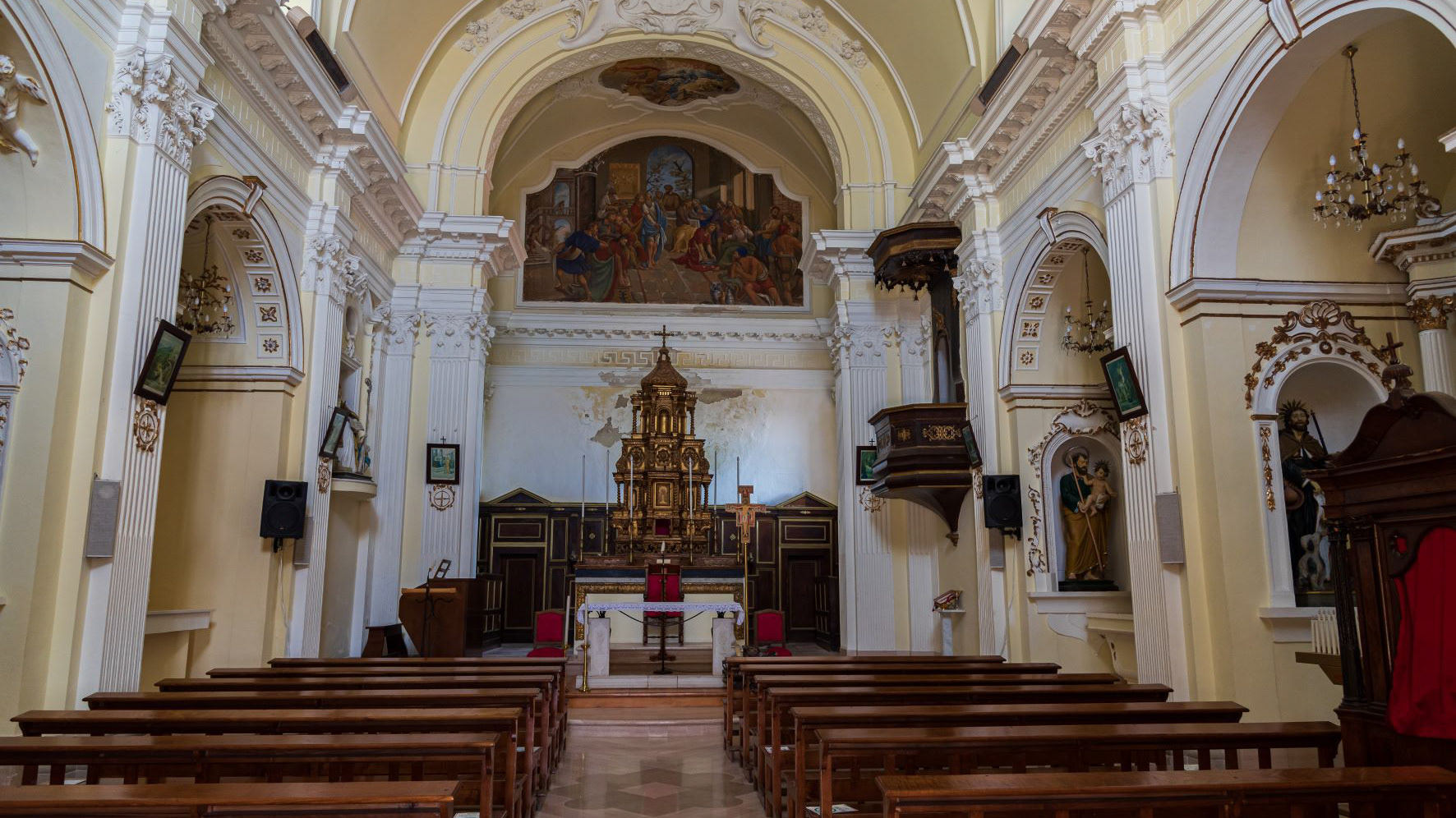
2021
Pescopennataro. The church of S. Bartolomeo Apostolo
The church of San Bartolomeo Apostolo (1654), rebuilt in the twentieth century after the destruction of the world wars. Of particular interest is the high altar with the adjoining wooden tabernacle.
2025
Sant’Elena Sannita. Spectacular spring views
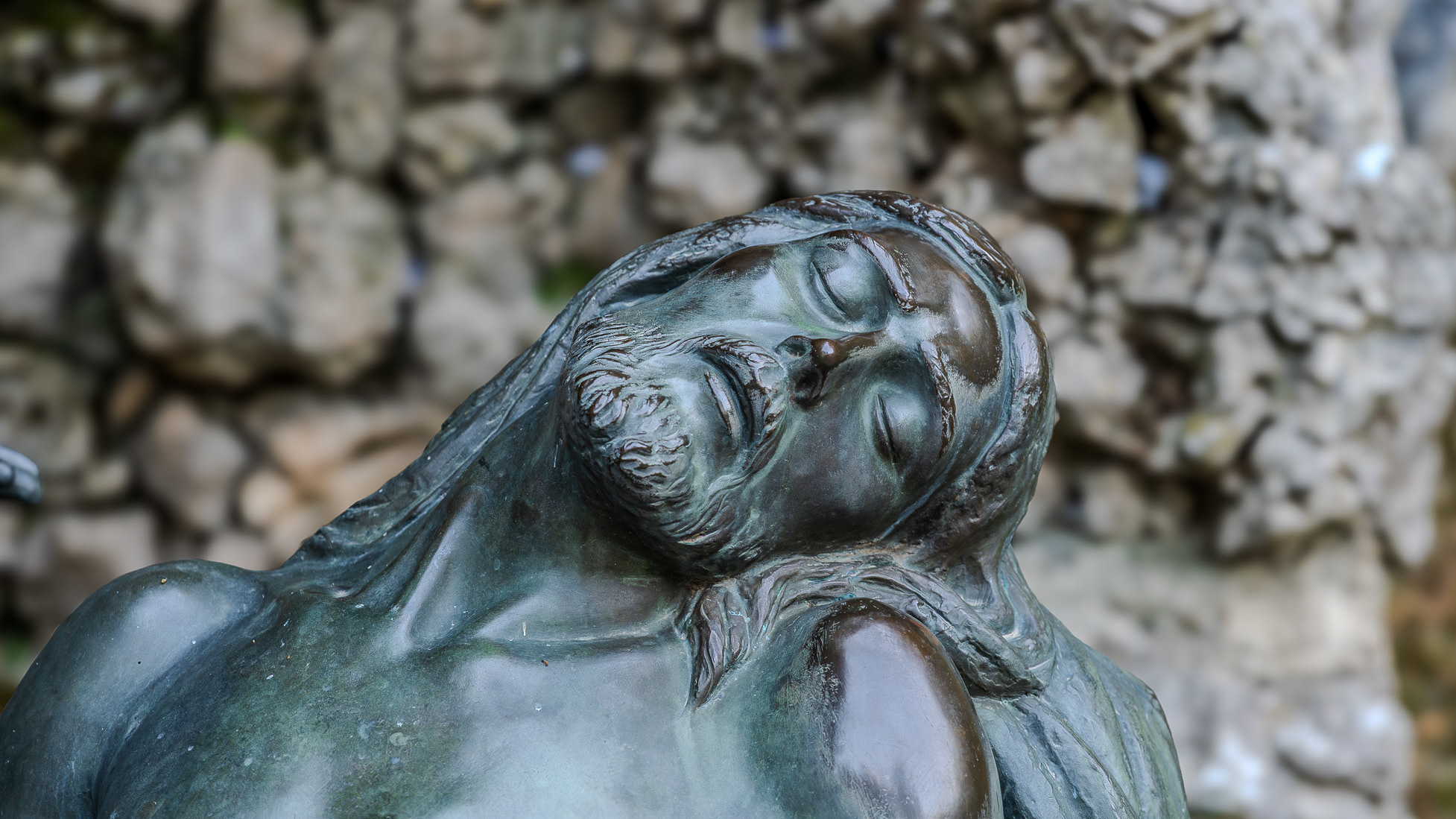
2023
Castelpetroso. The places of the Apparition
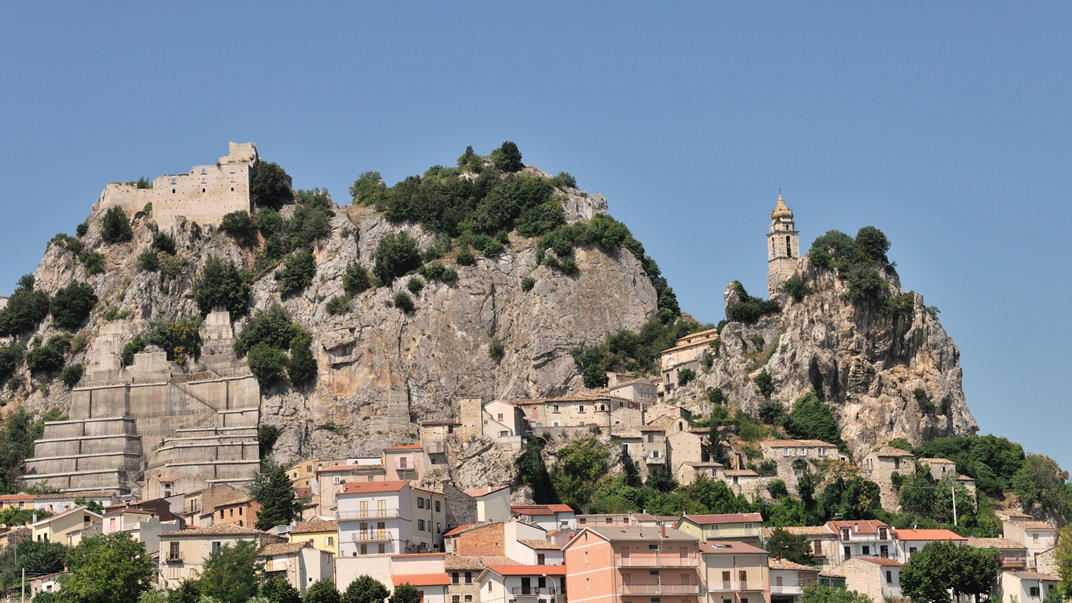
2015
Bagnoli del Trigno (IS)
Bagnoli del Trigno (Vagnuolë in molisano) è un comune italiano di 708 abitanti della provincia di Isernia in Molise. Le origini del paese sono ignote[3] e si fanno risalire a diverse leggende, secondo le quali Bagnoli sarebbe stata fondata in una da un Duca che si abbevera nelle acque del Trigno, in un'altra con la costruzione di agglomerati urbani intorno a una sorgente termale (Balneoli, da cui il nome) e infine da alcune tribù per trovare riparo dalle invasioni barbariche. Le prime notizie storiche risalgono al medioevo, quando il feudo era parte del Contado del Molise. Successivamente, dopo una serie di passaggi di proprietà anche tra signori francesi e spagnoli, diventa parte del Regno di Napoli e successivamente del Regno d'Italia. Con il novecento il paese ha visto un forte spopolamento a causa dell'emigrazione, soprattutto a Roma dove molti bagnolesi svolgono il lavoro di tassisti. Da uno studio effettuato dall'associazione "Forche Caudine" nel 2013 risulta che vivono più bagnolesi a Roma (circa un migliaio) rispetto ai residenti in paese.
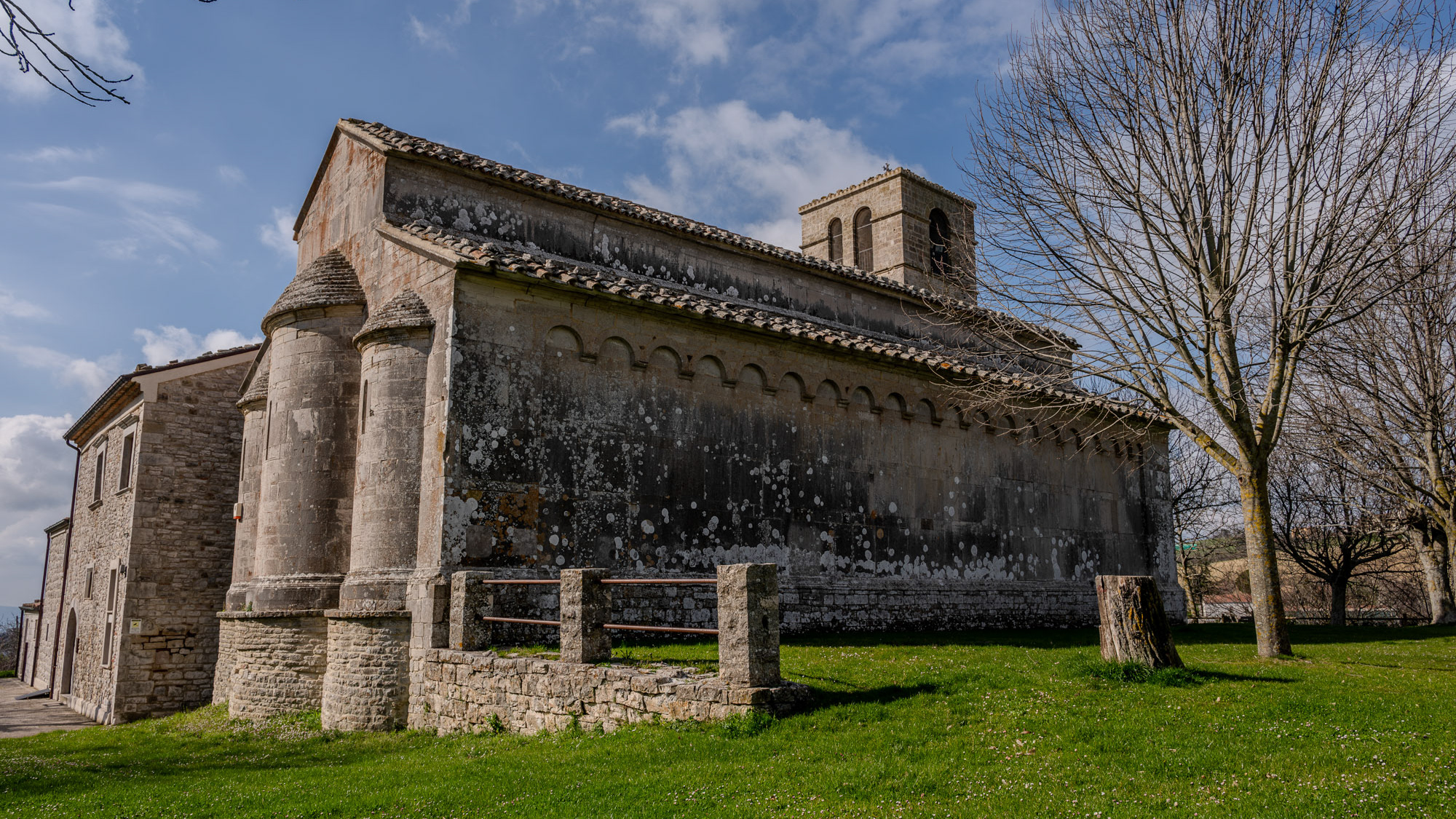
2024
Matrice. Chiesa di Santa Maria della Strada
Nostra Signora della Via (Italian: Santa Maria della Strada) is an abbey in the municipality of Matrice, Campobasso. The date of construction of the abbey is not known, but it was consecrated in August 1148 by Peter II, archbishop of Benevento. In 1153 it appears in a list of churches and monasteries under the jurisdiction of Peter II drawn up for Pope Anastasius IV. The first abbot may have been called Landulfus, as "Abbas Landulfus" was engraved on a paving stone inside the church. Nazzarius is named abbot in a document from 1176. His foundation has historically been linked to the monastery of Santa Sofia of Benevento, but there is no evidence to support this claim. It is possible that the great abbey of Montecassino was involved, but the fact that the abbey is not listed as a subject house in medieval documents casts doubt on this claim. The eponymous Santa Maria de Strata appears in a register of the Abbey's possessions, but is believed to refer to a separate monastery in the vicinity of San Germano.
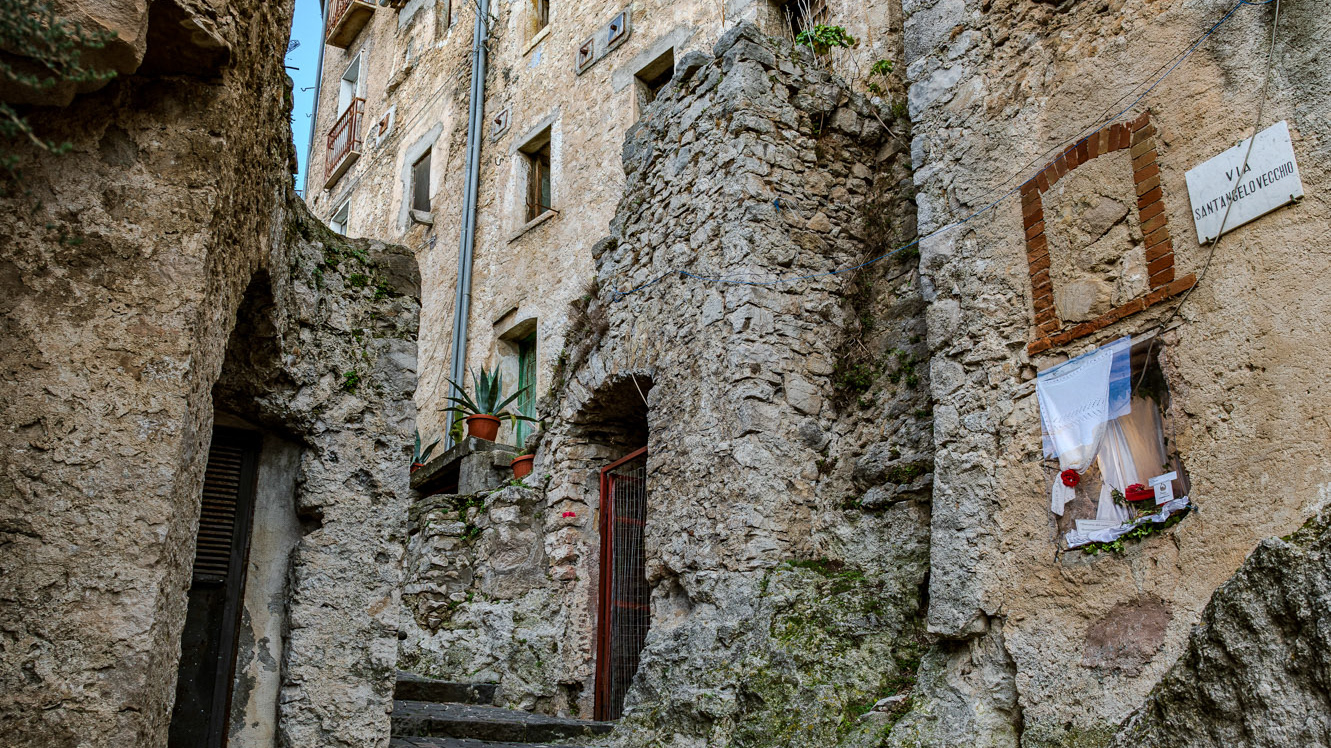
2025
Pesche. The Ancient Village
